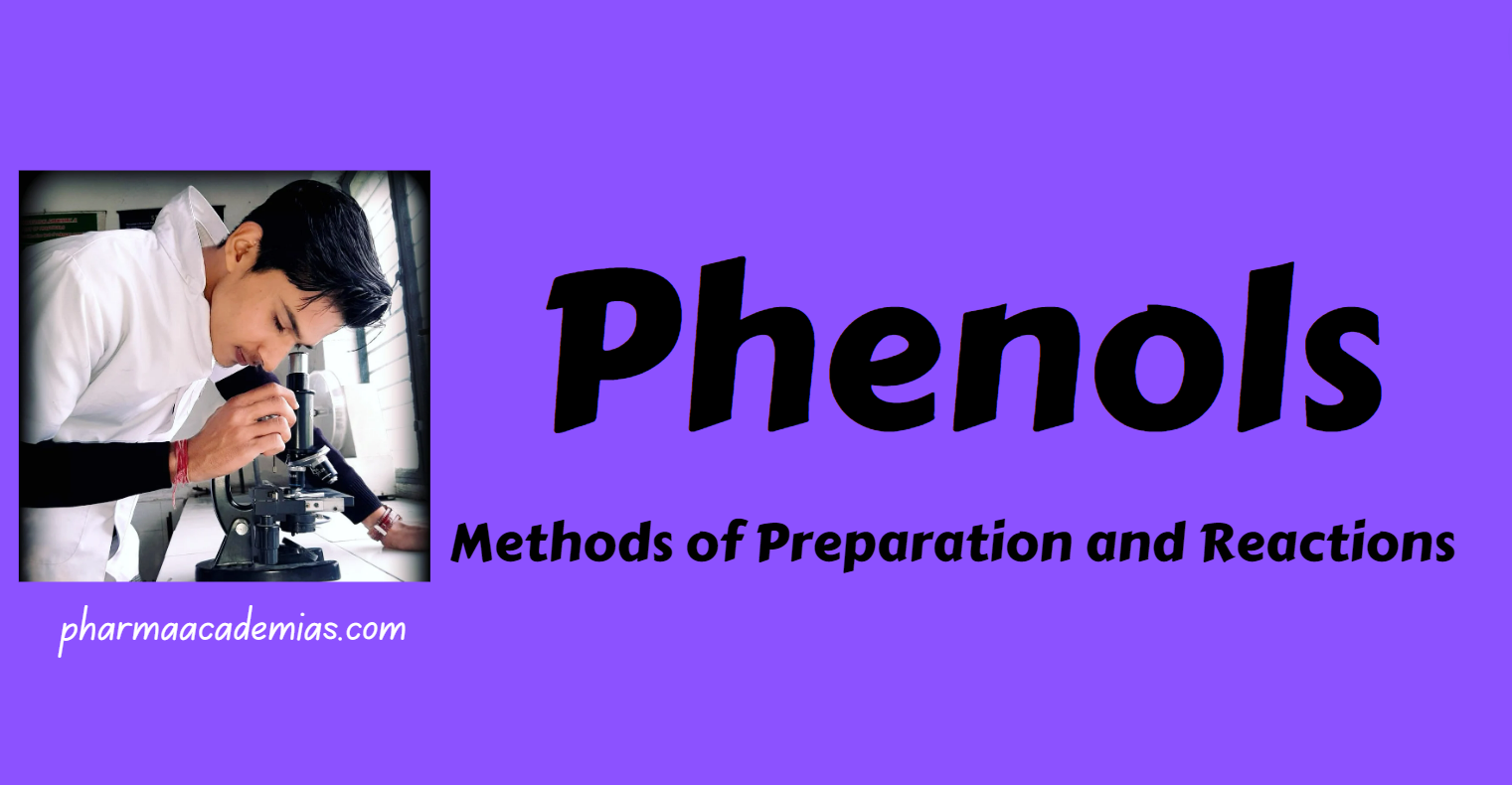Qualitative Tests for Phenols
Qualitative Tests for Phenols: Phenols are aromatic compounds in which a hydroxyl (-OH) group is directly attached to the benzene ring. Due to their acidic nature and unique chemical properties, phenols can be identified using various qualitative tests. These tests are based on the reaction of phenols with specific reagents, leading to color changes or … Read more





